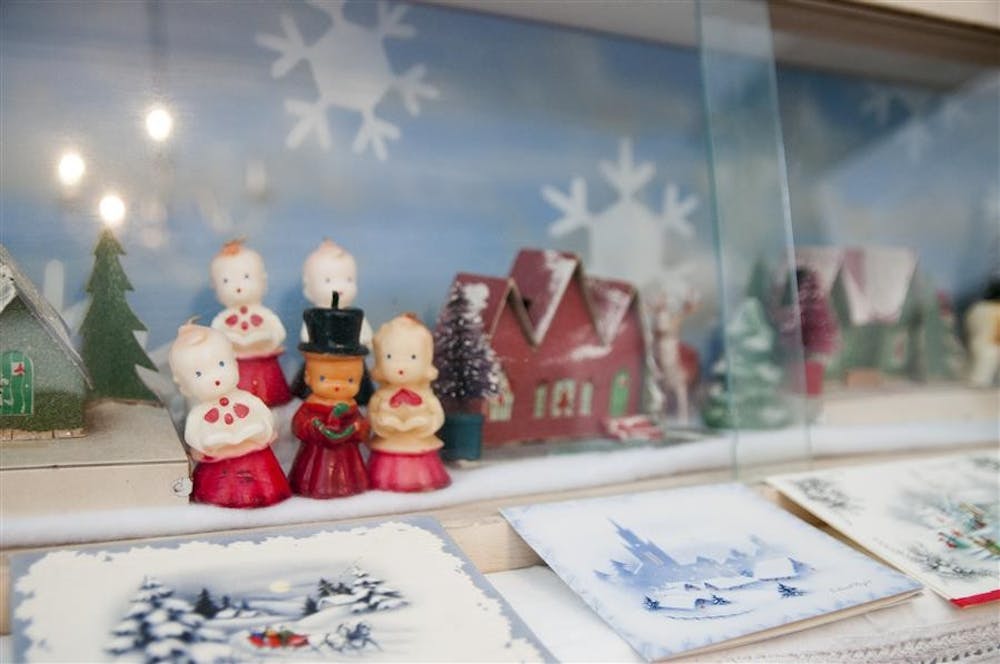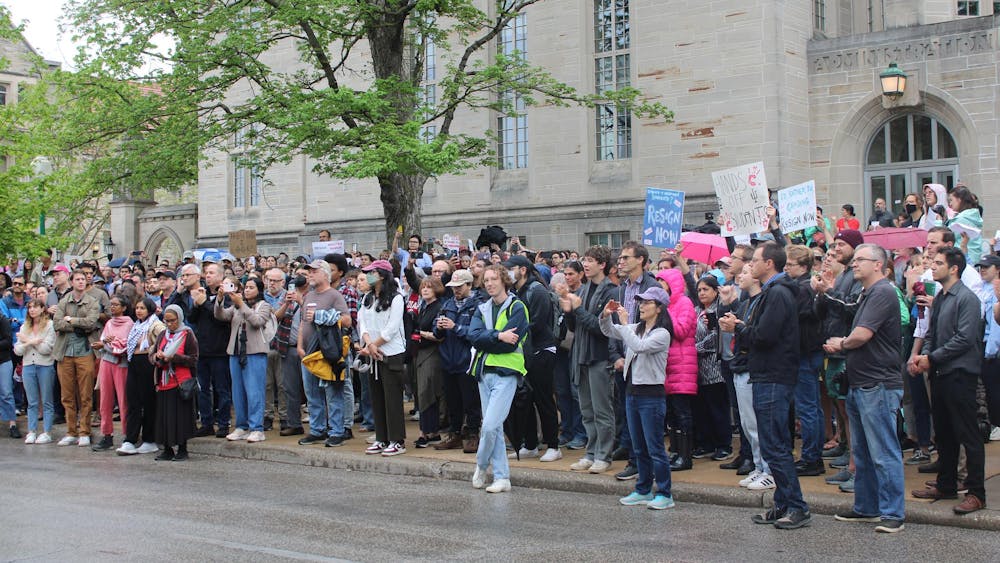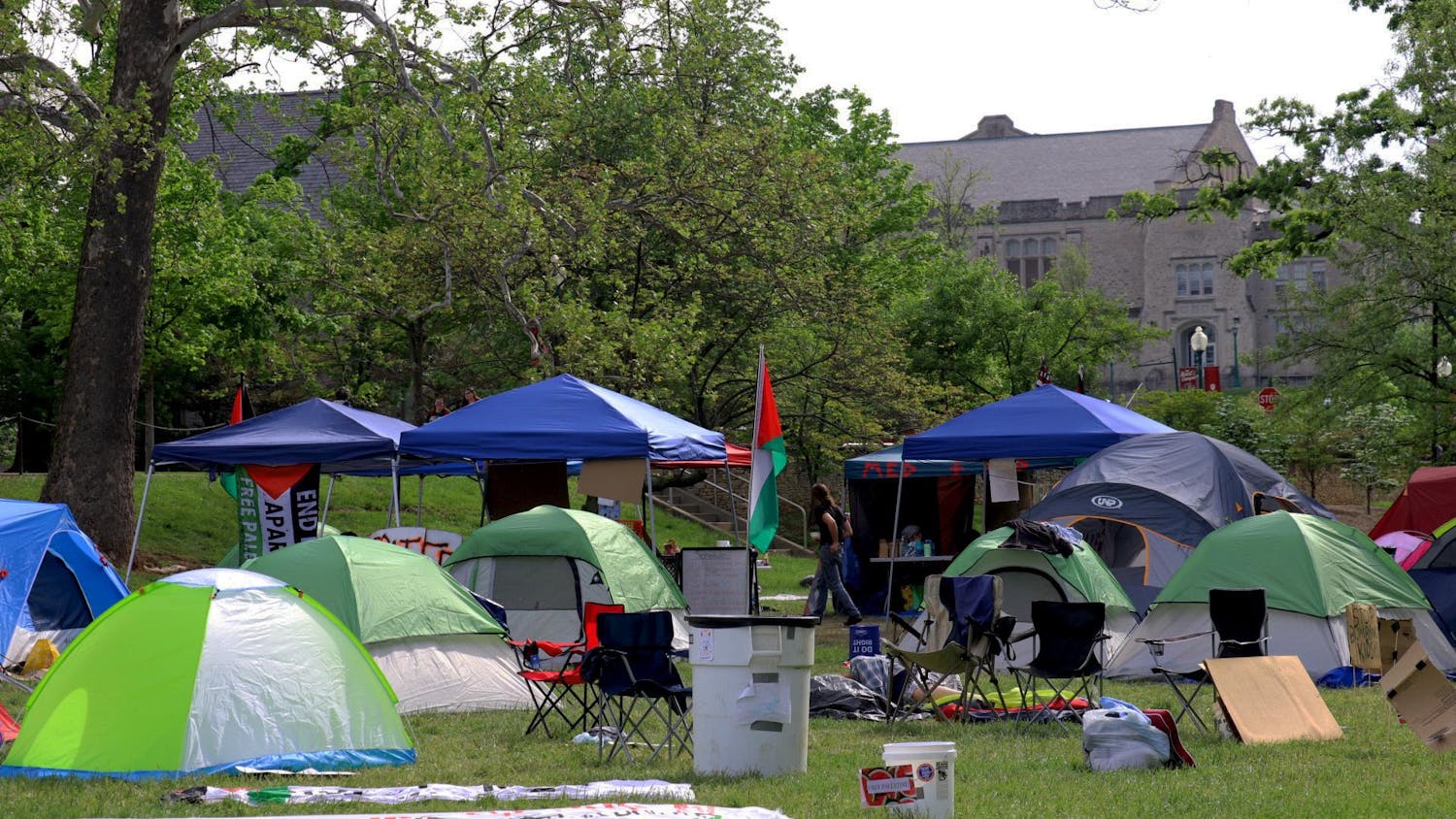Nearly 100-year-old Christmas cards, handmade knitted sweaters and classic holiday candles representing ordinary 20th century life in Bloomington are present at the Farmer House Museum.
This winter the museum is featuring a collection of historical holiday-related items dating back to the early 1900s, and the exhibit will run until Jan. 30.
The museum, founded by Bloomington natives Ed and Mary Ellen Farmer, is located in the couple’s former home.
It showcases the contents of their home in order to promote historic preservation and cultural memory primarily from the 1900s.
The Farmers’ house dates back to 1869, when it was originally built at 529 N. College Ave., which remains its current location.
Paul Kane, a member of the museum’s board of directors, said that before she died in 1999, Mary Ellen kept many of her belongings with the uncertainty of which contents would be considered historically important.
Upon her passing, she left her property and possessions to the community of Bloomington as a museum of living history.
“We tend to think of history as more of a river,” Kane said. “She really had this idea it was important to collect everything so it could pass unedited to the next
generation.”
In addition, Kane said Mary Ellen also inherited many items from her mother. These items also reflect and preserve a historical presence from an earlier time period.
Visitors are allowed to touch the items in the exhibit in order to gain a closer insight and feel for life in the 20th century.
Admission is free of charge and open to anyone in the community.
“We get people who pop in off the street and people who are new to town, especially if they are shopping nearby,” Kane said. “I think we provide a good introduction to Bloomington for people.”
Throughout the year, the museum features different exhibits, all of which change in the configuration of their display.
Even though a majority of the museum’s artifacts were left behind from the Farmers, the museum accepts donations or loans of collections from people who are interested in sharing a collection or item to help enhance the museum’s environment.
One room of the museum features musical posters, tie-dyed clothes and vintage household items from the 1960s.
All the museum’s contents are authentic and from their original time period.
The museum’s director, Emily Purcell, said the Farmer House is a great opportunity for people to become more informed and educated about life in Bloomington from a different perspective.
“We’re trying to evoke memories of Christmas past and traditional holidays in general,” Purcell said. “The museum is a place for exploring history, especially the cultural history of the 20th century.”
Follow reporter Brett Frieman on Twitter @brttfrmn.
Museum displays holiday items

Get stories like this in your inbox
Subscribe





